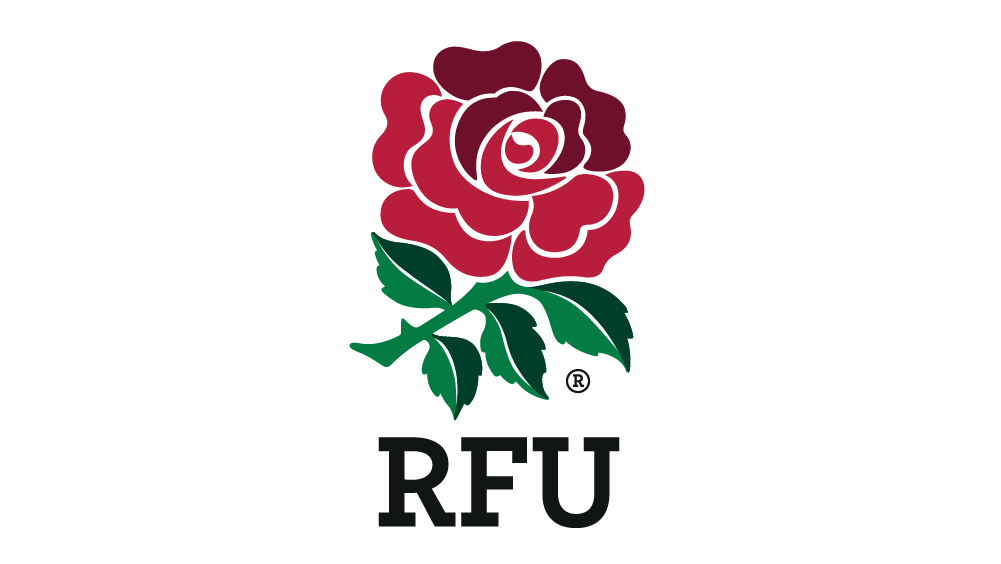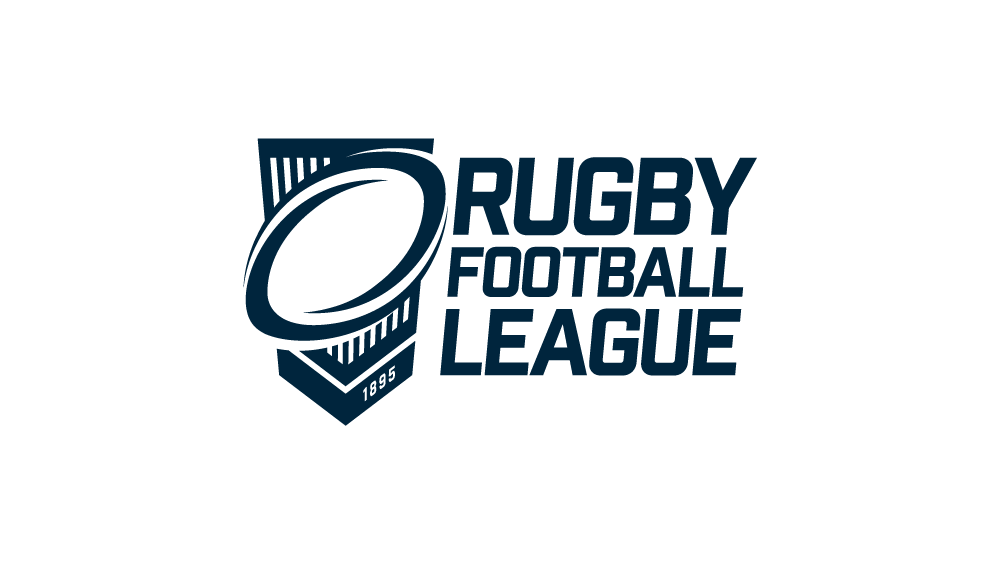
As May arrives, longer days and warmer temperatures can give your playing surface a much-needed boost - but they could also bring increased usage and faster growth.
Whether you’re managing a school field or a local recreational ground, now is the time to stay on top of surface health to ensure safe, high-quality play across all sports. May is all about consistency and preparation for the busy months ahead.
Here are ten essential tasks to focus on this month:
- Preparing The Cricket Ground
Now that the cricket season has begun, it is now time to start to get your ground ready for play. When preparing the ground there are a number of actions that need to take place to make the ground suitable and safe for play; The aim – a well presented, safe and compliant ground ready for play, setting and marking the boundary, fielding restriction circle, sight screens, ball stop netting and making sure your ground is safe for play. A detailed plan can be found here. - Cricket Square Maintenance
It is now the time to start and continue you’re maintenance of the cricket square, which includes, mowing the square, verticutting the square, irrigating the square, fertiliser application, managing weeds, pests and diseases. A detailed plan can be found here. - Pitch Preparation
It is now the time to start and continue your pitch preparation, a typical programme of works for cricket pitch preparation is as follows: Phase 1: Define your pitch and provide the initial cut. Thin the sward and undertake any minor repairs to levels. Make sure that there is sufficient moisture at depth. Phase 2: Conditioning Phase: Rolling. Grooming the grass. Mowing. Controlling moisture. Phase 3: Finishing Phase: Final Cut. Marking out. Installing the stumps. A detailed plan can be found here. - Covering The Square
Rain delays in cricket are common in the UK and not playing in the rain is an accepted part of the game. But delays to play because the pitch is wet even though it is not actually raining are frustrating for all involved. This can reduce these delays by using covers to stop water getting on the pitch and other sensitive areas that are slow to dry out once the rain has stopped. A detailed plan can be found here. - Maintaining Your Outfield
It is now the time to start and continue maintaining your outfield, the key tasks through the season include mowing, repairing damage, fertiliser application, weed, pest and disease management, decompacting and smoothing the outfield surface, renovating the outfield and drainage maintenance. A detailed plan can be found here. - End of Season Renovations
In sports such as football and Rugby Union, where play is coming to an end, it is time to plan and begin the end of season renovations. These can be tailored to the club’s budget but should include, overseeding with the desired ryegrass sports seed mix – using a 3 or 4-way rye grass mix, solid tine spiking/aeration to a depth of approximately 250mm-350mm if possible, and fertiliser application to encourage a healthy sward through the growing season. - Mowing
During the growing season, winter pitches should be maintained at a height of approx 30-50 mm depending on the sport. However, there are exceptions to the mowing heights, particularly during drought periods. In such cases, the height of the cut should be increased to reduce stress on the plant, and mowing should be avoided altogether if growth has ceased. The quality of the cut is maximised when the grass is dry, but mowing during the heat of a warm day should be avoided to prevent turf stress. - Decompaction
Seasonal decompaction improves water and air penetration, soil structure, and drainage. May often presents the perfect conditions to allow your pitch to breathe again. Solid tine decompaction creates fissures for better root development and infiltration. Follow best practices for depth, speed, and direction. Avoid linear decompaction this option is more suited to autumn depending on your soil type. - Overseeding
Application of additional seed to an existing sports field to address grass loss through wear. with disc seeder) with the desired ryegrass sports seed mix – using a 3 or 4-way rye grass mix, drill in three directions, 10-12 bags per pitch. - Top Dressing
Top dressing involves applying a layer of material, often a mix of sand, soil, and/or organic matter, to the surface. This helps to improve drainage, level the surface, reduce thatch buildup and provide nutrients to the turf. It is usually physically worked in by matting, raking or brushing.
For More Expert Advice
Need more guidance on pitch care? Visit the GMA Toolkit for detailed resources and tips tailored to your needs: thegma.org.uk/toolkit
Why Not Become a GMA Member?
As a GMA member, you gain access to invaluable resources to support your grounds maintenance schedule. One standout benefit is our Ask the Expert service, offering one-to-one expert advice tailored to your specific challenges and goals.
Membership also unlocks a wealth of additional perks, including discounted rates on training courses and events, exclusive access to the brand-new Member Assistance Programme, and discounts from high street retailers!
Find out more about membership.
Image: Mickleover Cricket Club







